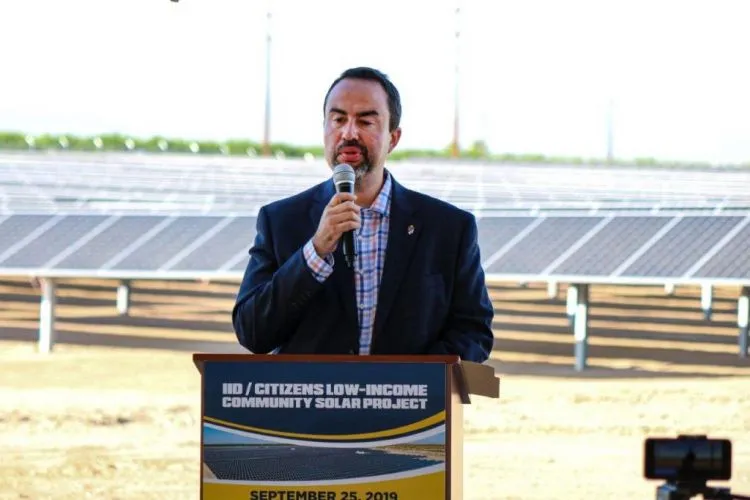California marks feed-in-tariff and community solar milestones
Sep 26, 2019 09:34 PM ET

Los Angeles’ municipal utility has tripled the size of its rooftop solar feed-in programme (FiT), growing it from 150MW to 450MW.
Commissioners from the LA Department of Water and Power (LADWP) – which serves the second most customers of any public utility in the US – voted to expand the scheme on Wednesday.
The FiT program was launched in 2013 and reached capacity earlier this year. It has been billed as the largest rooftop solar program in the US since its inception.
Under the city-wide scheme, homeowners sell power generated from their rooftop solar racks to the local utility.
More than 40% of installations in the program are in disadvantaged communities, according to an analysis quoted by the Los Angeles Business Council, one of the program’s original backers. The Council, which urged LAWDP in April to expand the FiT scheme, estimates the pilot has generated more than US$500 million in investments.
LADWP generated 31% of its energy from renewable sources as of mid-September, which LA Mayor Eric Garcetti wants to push to 55% by 2025, 80% by 2036 and 100% by 2045. Earlier this month, the utility endorsed a solar-plus-storage scheme – 8minute Solar Energy's Eland – billed as the cheapest such hybrid in US history.
California's south witnesses 30MW community solar launch
Further southeast in the Golden State, a 30MW community solar project was switched on by its backers, public power provider Imperial Irrigation District (IID) and Citizens Energy Corp, a non-profit that channels energy revenues to disadvantaged communities.
The 107,000-panel project is located on a 200-acre plot of land near a substation in Imperial County and is contracted to sell power to the IID grid under a 23-year power purchase agreement (PPA).
The project backers claim that it is “one of the largest low-income community solar projects in the nation” with a “unique” structure and implementation.
The power provider estimates that the project will serve more than 12,000 customers in the “economically stressed desert area.”
State senator Jeff Stone attended the project launch. “This project is a win-win-win: It's good for the planet, good for low-income families, and fulfils the mission of IID and Citizens Energy to serve those in need,” he said.
The power producer runs a ‘residential energy assistance programme’ which wants to use the array's output to save costs for customers, via monthly discounts on electric bills.
The project’s construction is estimated to have required US$46 million in investment.
Also read

